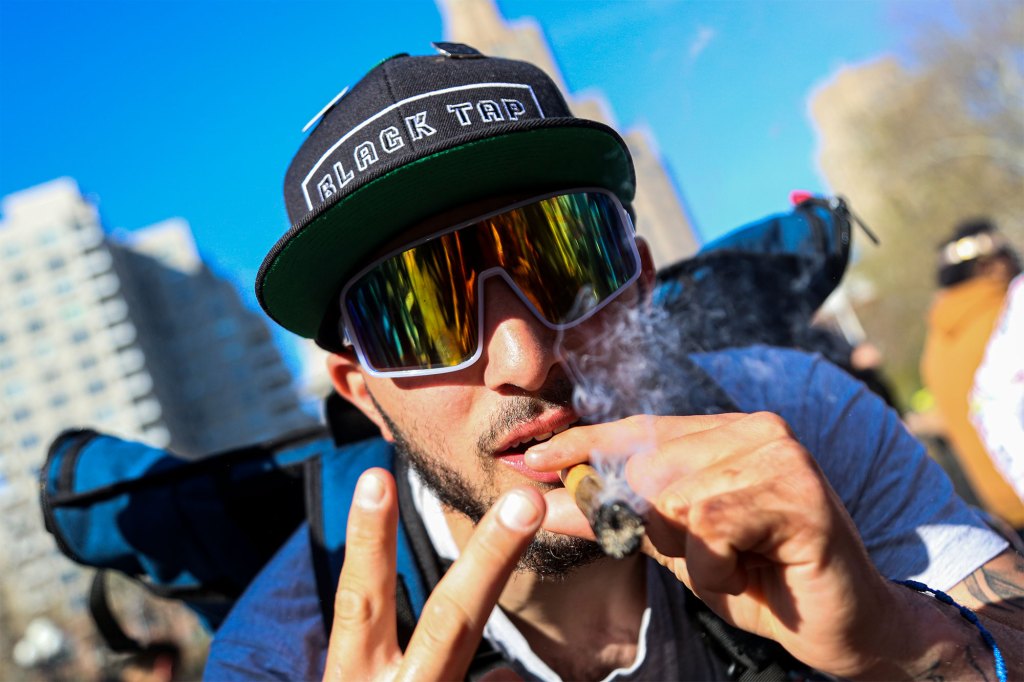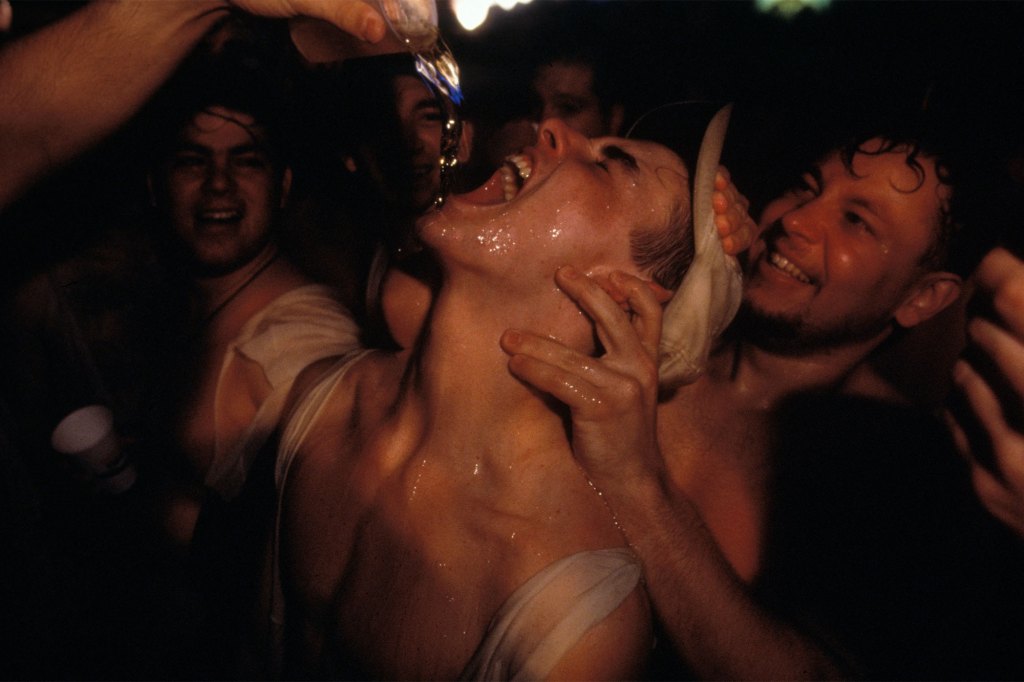More young Americans smoking marijuana
More young Americans are smoking marijuana and spacing out on psychedelic drugs than ever before, a new federally-funded health survey released Monday reveals.
The study conducted by the University of Michigan for the National Institutes of Health In found that 43% of adults ages 19 to 30 smoked cannabis at some point last year — a significant jump from 34% five years ago and 29% in 2011 and the highest recorded since 1988.
Similarly, 29% of young adults reported smoking weed in the prior months compared to 21% in 2016 and 17% in 2011.
Daily marijuana use also surged to 11% last year, compared to 8% in 2016 and 6% in 2011.
The increase in marijuana comes as 19 states have legalized the recreational use of cannabis in recent years — including New York, New Jersey, Connecticut and Massachusetts.
Polls also show more public acceptance of cannabis use.
Use of psychedelic drugs or hallucinogens had been stable for decades — until last year.
Eight percent of young adults reported past-year hallucinogen use, representing an all-time high since the category was first surveyed in 1988.
By comparison, just 5% of young adults reported hallucinogen use in 2016, and only 3% did so in 2011.
The types of psychedelic drugs cited by users included LSD, MDMA, mescaline, peyote, “shrooms” or psilocybin, and PCP.
“As the drug landscape shifts over time, this data provides a window into the substances and patterns of use favored by young adults. We need to know more about how young adults are using drugs like marijuana and hallucinogens, and the health effects that result from consuming different potencies and forms of these substances,” said National Institute on Drug Abuse Director Nora Volkow.
“Young adults are in a critical life stage and honing their ability to make informed choices. Understanding how substance use can impact the formative choices in young adulthood is critical to help position the new generations for success.”

Still, alcohol remains the most popular substance among adults in the study –though drinking booze has dropped or remained stable over the past decade.
For example, 66% of young adults reported alcohol use in the prior 30 days in 2021, a significant decline from 70% recorded in 2016 and 69% in 2011.
But reports of binge drinking – having 5 or more drinks in a row in the prior two weeks – returned to pre-COVID-19 pandemic levels in 2021 after significantly decreasing in 2020. Last year, 32% of young adults reported binge drinking– the same as in pre-pandemic 2019 — versus 28% in 2020.

Meanwhile, 13% of young adults reported high-intensity drinking — having 10 or more drinks over the prior two weeks — the highest level recorded since the question was first asked 2005 when 11% had that many drinks.
Elsewhere, nicotine vaping continues to rise as smoking of cigarettes plummets.
Vaping nearly tripled to 16% compared to 6% in 2017 despite leveling off during the pandemic.
Read the full article Here


